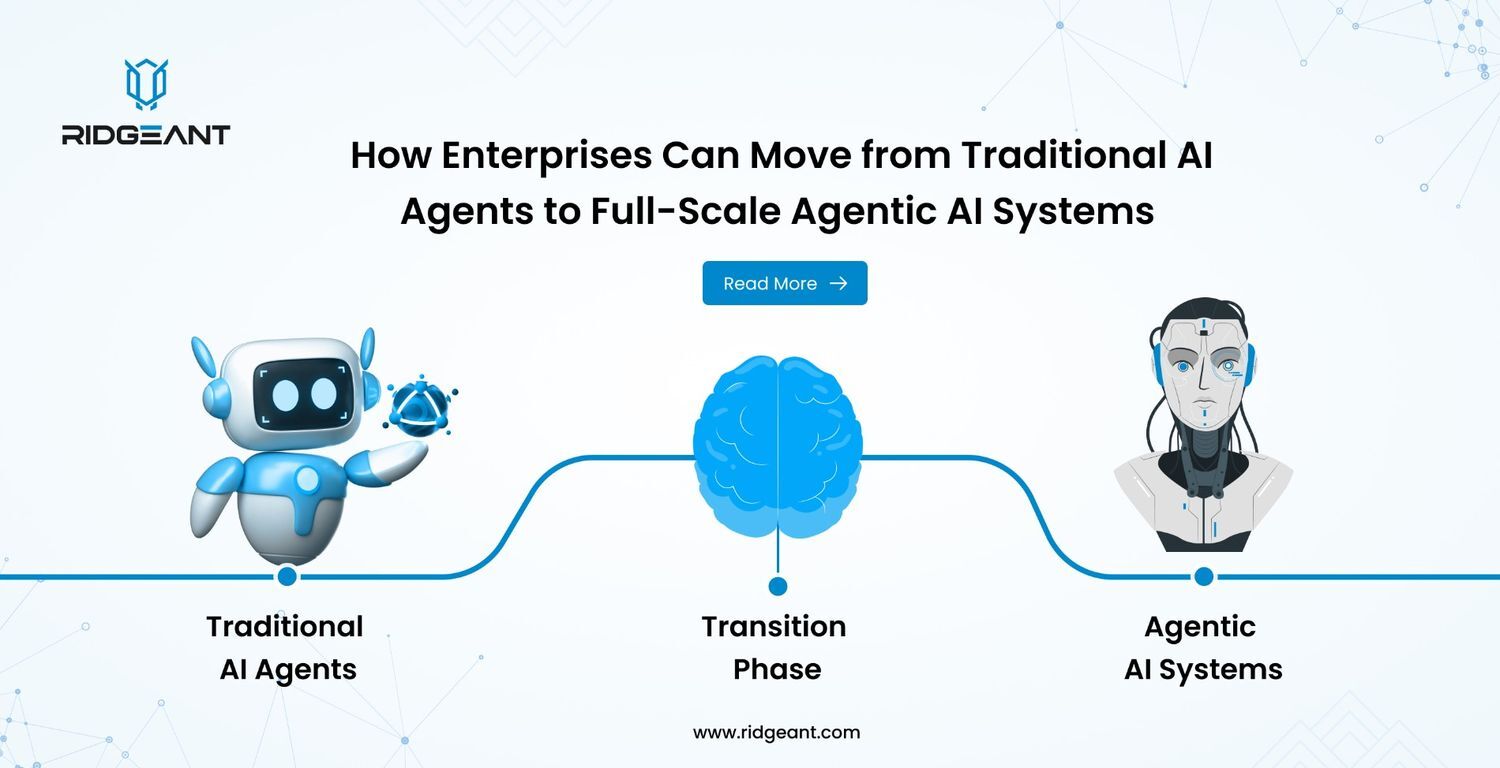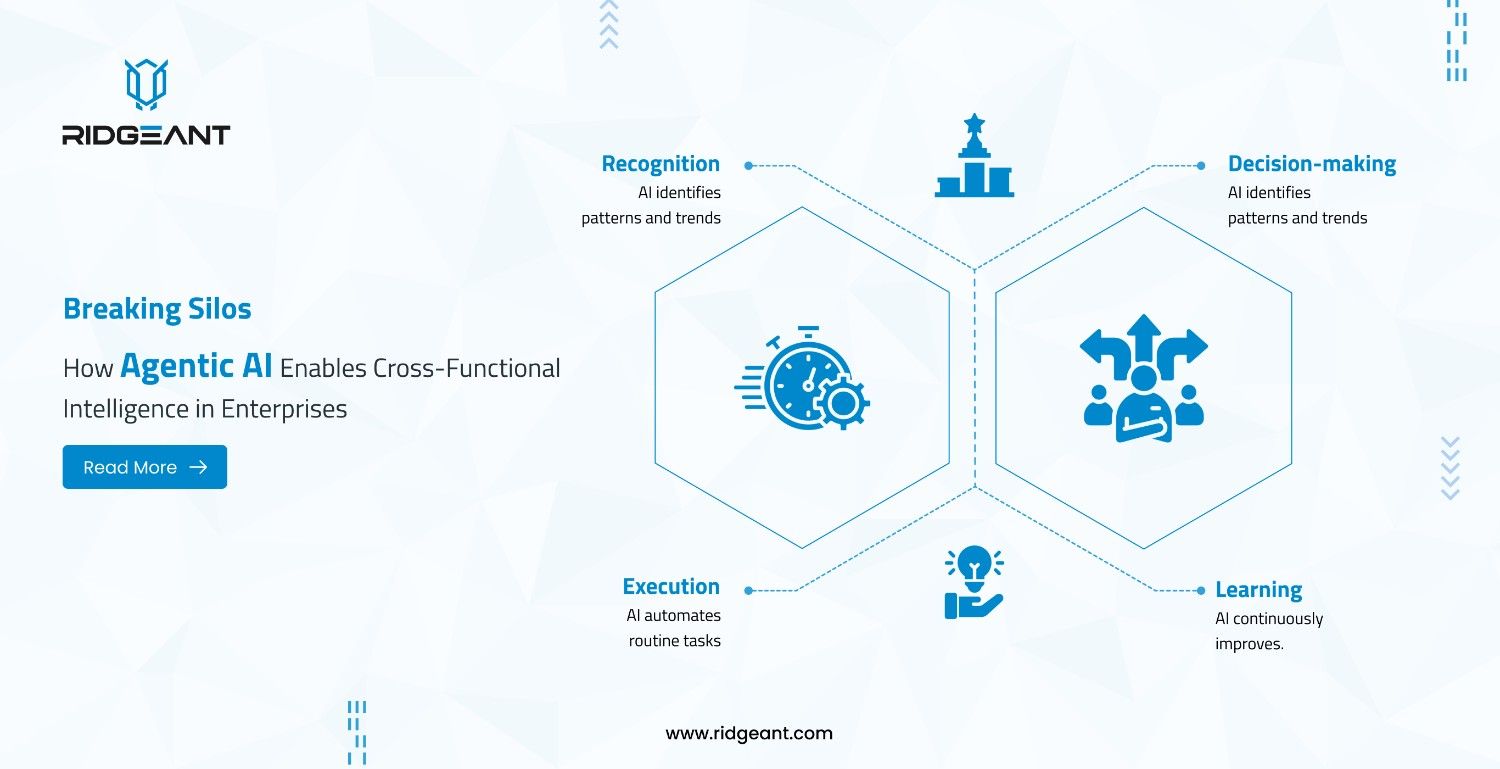
LangChain Embedding: A Dive Into The Process
- Machine Learning, ML and AI, Artificial Intelligence
- February 6, 2024
- Ridgeant

Natural Language Processing (NLP) is the art and science of enabling machines to comprehend and interact with human language.
In the field of Natural Language Processing (NLP), text embedding is a crucial process.
Text embedding refers to the process of converting words or phrases into numerical vectors, allowing machines to understand and process language in a mathematical form.
This transformation facilitates various NLP tasks, such as sentiment analysis, machine translation, and document clustering, by capturing semantic relationships and context within the textual data.
In this article, we will talk about the LangChain embedding process and how it is ready to transform the future of NLP.
What Exactly Is LangChain?
LangChain is an open-source framework for developing applications powered by language models.
LangChain, functioning as a framework for integrating language models, shares extensive commonality with general language model applications. These applications include document analysis and summarization, chatbot development, as well as code analysis.
LangChain provides all the tools and integrations for building LLM applications, including loading, embedding, and storing documents. It provides a standard interface for chains, lots of integrations with other tools, and end-to-end chains for common applications.
How LangChain Streamline Embeddings?
LangChain streamlines the embedding process by enabling users to engage with text embedding models through Prompts. These Prompts serve as natural language queries, saying the desired actions you want the model to perform.
It has a variety of text embedding models, each with its advantages and disadvantages. This includes OpenAI, Cohere, and Hugging Face. These providers offer a range of pre-trained models that can be used for various NLP tasks.
For instance, OpenAI’s GPT-3 is a state-of-the-art language model trained on a massive amount of text data. Cohere’s embedding models are designed to be highly accurate and efficient, with a focus on reducing the amount of data required for training. Hugging Face offers a wide range of pre-trained models, including BERT, RoBERTa, and GPT-2, which can be fine-tuned for specific NLP tasks.
In LangChain, these models possess the capability to produce embeddings for both queries and documents. When a query undergoes embedding, the text string is converted into an array of numerical values, with each value representing a dimension in the embedding space. For documents, the embedDocuments function accepts an array of text strings and returns an array of their respective embeddings.
Let’s see how it works:
Step 1: Data Preprocessing
For PDFs:
- Extract text from PDFs using PyPDF2, PyMuPDF library.
For CSVs:
- Read CSV files using Pandas.

Step 2: Text Processing
- Tokenize the text using libraries like NLTK or
- Perform text cleaning and normalization.
Step 3: Embedding Generation
- Use the RAG model to generate embeddings. (The RAG model is a type of language model that combines elements of both retrieval and generation in natural language processing tasks)
This retrieval process helps identify and gather pertinent information related to the given context.
Here, “generation” refers to the process of creating human-like text or content using machine-learning models. This includes sentences, paragraphs, or longer pieces of text that mimic human language.
Now, we will be moving towards approaches to train LLM:
Approaches To Train LLM:
There are two approaches we can finetune the LLMs with our own data for a specific task (like question-answer, summarization, etc). We can use RAG which provides how to incorporate your business data with the LLMs while executing customer queries on the business data.
- Finetuning is a great choice when we have a large amount of task’s specific labeled data.
- RAG provides a way for customers to engage in conversations with these documents and obtain answers to their queries from the documents using the LLM.
Now, let’s discuss different types of embedding models.
Exploring the Diverse Landscape of Embedding Models
There is a diverse array of embedding models that play a pivotal role in transforming textual data into a numerical format. These models form the backbone of NLP applications and enable machines to understand and process them effectively. In this part, we explore various embedding models, each offering distinctive methods and capabilities.
Word Embeddings
- Word2Vec: Utilizes word embeddings, capturing semantic meanings of words in a vector space.
- GloVe (Global Vectors for Word Representation): Learns word vectors by factorizing the logarithm of the word co-occurrence matrix.
Pre-trained Language Models
- BERT (Bidirectional Encoder Representations from Transformers): Extracts contextualized embeddings for words or sentences.
- GPT (Generative Pre-trained Transformer): Generates embeddings using unsupervised learning on a large corpus.
- XLNet: A transformer-based model that uses permutation-based language modeling.
Custom Embedding Models
- Doc2Vec: Learns document-level embeddings.
- Sentence Transformers: Focuses on sentence embeddings, leveraging pre-trained transformer models like BERT or RoBERTa for sentence embeddings.
FAISS library
FAISS, which stands for Facebook AI Similarity Search, is an open-source library developed by Facebook AI Research. It is designed to efficiently perform similarity search and clustering of large-scale datasets, particularly in the context of high-dimensional vectors.
LangChain Embeddings: A Fundamental Pillar of AI Framework
LangChain Embeddings boasts a range of key features that enhance the overall user experience. The platform’s versatility shines through its compatibility with various model providers, providing users with the freedom to select the one that aligns with their specific requirements.
Ensuring efficiency, LangChain incorporates features such as timeout settings and rate limit handling, guaranteeing seamless API usage. Moreover, the platform prioritizes reliability with built-in error handling mechanisms, enabling it to automatically retry a request up to 6 times in the event of an API error, strengthening its robust performance.
From complex data analyses to engaging chatbots, AI has revolutionized various domains. Serving as the backbone for numerous AI solutions, Large Language Models (LLMs) empower human-like interactions with user-friendliness and intuitiveness.














